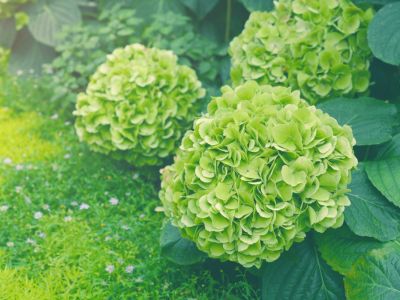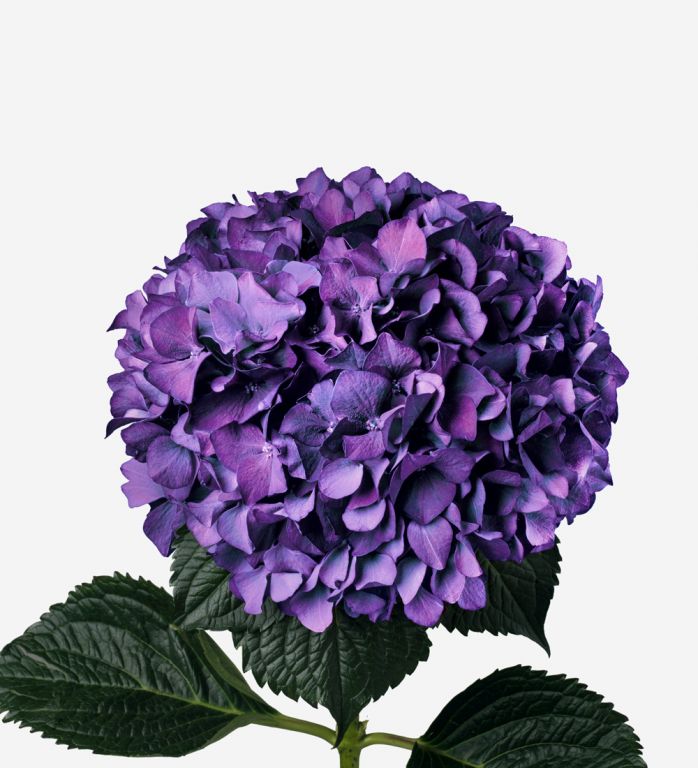Hydrangea Flowers: The Ultimate Guide
Hydrangea Flowers: The Ultimate Guide
Hydrangeas are some of the most popular flowering shrubs in the world. They are known for their large, showy blooms that come in a wide range of colors. Hydrangeas are relatively easy to care for and can be grown in a variety of climates. They make beautiful additions to gardens, patios, and even indoor spaces.
In this guide, we will discuss everything you need to know about hydrangeas, from choosing the right variety to caring for your plants. We will also provide some tips on how to extend the life of your hydrangeas and keep them blooming beautifully for years to come.
Choosing the Right Hydrangea Variety
There are many different varieties of hydrangeas available, so it is important to choose the right one for your needs. Some factors to consider include the size of your garden, the amount of sun and shade your garden receives, and the desired color of the blooms.
If you have a small garden, you may want to choose a dwarf variety of hydrangea. These plants typically grow to be 3-4 feet tall and wide. If you have a larger garden, you can choose a standard variety of hydrangea. These plants can grow to be 6-8 feet tall and wide.
Hydrangeas come in a variety of sun and shade requirements. Some varieties prefer full sun, while others prefer partial shade or even full shade. It is important to choose a variety that will thrive in the conditions of your garden.
The color of hydrangea blooms can be affected by the pH of the soil. In acidic soil, hydrangeas will bloom blue or purple. In alkaline soil, they will bloom pink or red. If you want to change the color of your hydrangea blooms, you can adjust the pH of the soil.
Caring for Hydrangeas
Once you have chosen the right variety of hydrangea, it is important to care for your plants properly. Hydrangeas need regular watering, especially during the hot summer months. They also need to be fertilized once a month during the growing season.
In the fall, you should prune your hydrangeas. This will help to promote new growth and encourage flowering the following year.
Hydrangeas are relatively pest- and disease-free. However, they can be susceptible to aphids, scale, and powdery mildew. If you notice any pests or diseases on your hydrangeas, you should treat them immediately.
Extending the Life of Your Hydrangeas
Hydrangeas can live for many years if they are properly cared for. However, there are a few things you can do to extend their lifespan even further.
One way to extend the life of your hydrangeas is to divide them every few years. This will help to keep the plants healthy and vigorous.
You can also help to extend the life of your hydrangeas by protecting them from harsh weather conditions. In the winter, you should mulch around your plants to help insulate the roots. In the summer, you may need to water your plants more frequently if there is a drought.
Keeping Your Hydrangeas Blooming
Hydrangeas are known for their beautiful blooms. However, there are a few things you can do to keep your hydrangeas blooming for as long as possible.
One way to keep your hydrangeas blooming is to fertilize them regularly. You should fertilize your hydrangeas once a month during the growing season.
You can also help to keep your hydrangeas blooming by deadheading spent blooms. This will encourage the plant to produce new blooms.
Finally, you should make sure that your hydrangeas are getting enough sunlight. Hydrangeas need at least 6 hours of sunlight per day to bloom properly.
Conclusion
Hydrangeas are beautiful and versatile plants that can add a touch of elegance to any garden. With proper care, hydrangeas can thrive for many years and provide you with years of enjoyment.
Hydrangeas are beautiful flowers that come in a variety of colors, including blue, pink, purple, and white. They are native to Asia and the Americas, and are often cultivated in gardens. Hydrangeas symbolize grace, beauty, and abundance. The Latin name, Hydrangea, means "water vessel" or "jug," which refers to the shape of the flower's petals.
If you are interested in learning more about hydrangeas, I recommend visiting . This website has a wealth of information on hydrangeas, including their history, care, and cultivation. You can also find beautiful photos of hydrangeas in bloom.
FAQ of flower of hydrangea
- What are hydrangea flowers known for?
Hydrangeas are known for their large, beautiful blooms that come in a variety of colors, including blue, pink, purple, and white. The flowers can grow up to 12 inches in diameter and can last for several weeks. Hydrangeas are also known for their symbolic meaning, which varies depending on the culture. In some cultures, hydrangeas represent love, gratitude, and sincerity. In others, they symbolize death and mourning.
- Why are hydrangeas important?
Hydrangeas are important for a number of reasons. They are a popular ornamental plant that can add beauty and color to gardens and landscaping. They are also a source of food for some animals, such as butterflies and hummingbirds. Additionally, hydrangeas have some medicinal properties and have been used to treat urinary tract infections, enlarged prostate, and kidney stones.
- What is the pH of the soil that hydrangeas grow best in?
The pH of the soil that hydrangeas grow best in depends on the variety of hydrangea. Some varieties, such as blue hydrangeas, prefer acidic soil with a pH of 5.5 to 6.5. Other varieties, such as pink hydrangeas, prefer alkaline soil with a pH of 7.0 to 7.5. You can test the pH of your soil using a pH testing kit. If the pH of your soil is not in the ideal range for your hydrangeas, you can adjust it by adding lime to acidic soil or sulfur to alkaline soil.
- How much sunlight do hydrangeas need?
Hydrangeas need full sun to partial shade. Too much sun can scorch their leaves, while too much shade can prevent them from blooming. The ideal amount of sunlight for hydrangeas will vary depending on the variety. Some varieties, such as blue hydrangeas, prefer more sun than others, such as pink hydrangeas.
- How often should hydrangeas be watered?
Hydrangeas need regular watering, especially during hot, dry weather. Water them deeply so that the water reaches the roots. You may need to water them more often if they are planted in sandy soil or in a pot.
Image of flower of hydrangea
5 different images of hydrangea flowers from Pinterest:
- Pink hydrangea: This hydrangea has large, fluffy flowers that are a light pink color. The flowers are arranged in clusters on the stems.

- Blue hydrangea: This hydrangea has large, round flowers that are a deep blue color. The flowers are arranged in clusters on the stems.
- White hydrangea: This hydrangea has large, lacey flowers that are a pure white color. The flowers are arranged in clusters on the stems.
- Green hydrangea: This hydrangea has large, cup-shaped flowers that are a bright green color. The flowers are arranged in clusters on the stems.

- Plum hydrangea: This hydrangea has large, pom-pom shaped flowers that are a deep plum color. The flowers are arranged in clusters on the stems.

Post a Comment for "Hydrangea Flowers: The Ultimate Guide"